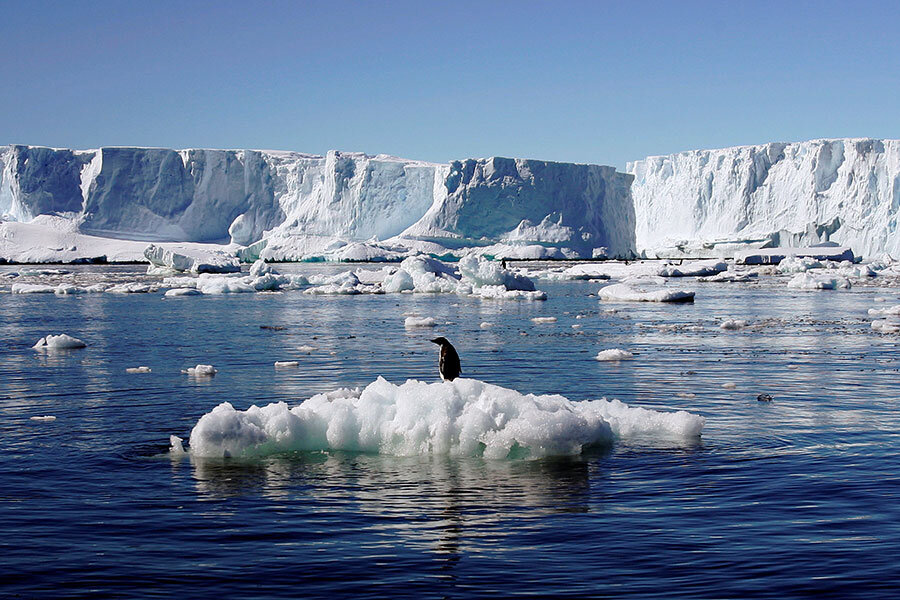Hidden lakes in glaciers point to further Antarctic melting
Loading...
A new study has shown that an East Antarctica ice shelf, once thought to be completely solid, is actually home to 55 liquid lakes.
By drilling through the surface of the Roi Baudouin ice shelf, researchers found that several of these lakes were “englacial,” or completely enclosed by ice. In a study published Monday in the journal Nature Climate Change, they suggested that uncharacteristic melt could compromise the structural integrity of glaciers in the region.
“Many people refer to East Antarctica as being too cold for significant melt,” Jan Lenaerts, a glaciologist with Utrecht University, told the Washington Post. “I mean there’s marginal melt in summer, but there’s not a lot.”
Researchers say these englacial lakes may have been caused by a “microclimate” on the ice sheet itself. In East Antarctica, strong “katabatic” winds blow from high peaks down toward the sea. These winds bring warm air and clear snow from the glacial surface, revealing vast stretches of blue ice.
This blue ice has a lower reflectivity than the white snow, increasing the amount of sunlight absorbed at the surface. This, coupled with bursts of warm air, might drive unusual amounts of ice melt in the region. Surface lakes might freeze over in colder months, but not all the way through.
“We see similar things going on on neighboring ice shelves, and also for instance on the Amery ice shelf, which is also a notorious, very large ice shelf on East Antarctica,” Lenaerts said. “We see this link between strong winds and blue ice formation, enhanced absorption of solar radiation, and the melt that is enhanced by this process.”
Researchers haven’t directly linked the effect to anthropogenic climate change, but note that further warming will likely increase melting in the region. This melting could exacerbate the structural weaknesses of the Antarctic ice shelf, which was once considered rock solid, and cause large collapses. This so-called “hydrofracturing” can dump huge deposits of glacial ice into the ocean, driving up sea levels in the process.
Last month, NASA climate scientists found record-low sea ice levels in both the Arctic and the Antarctic. The northern record didn’t come as a surprise, given the long decline of Arctic sea ice. But until recently, Antarctic sea ice was actually expanding.
The Christian Science Monitor reported:
Scientists previously attributed Antarctic ice gains to natural fluctuation in the atmosphere. Simply put, weather at the poles can be erratic – that’s why researchers are hesitant to say that recent southern ice loss is reflective of a trend. But while it’s too early to say for sure, new lows could indicate a longer pattern of melting in the region.
Climate change skeptics have often argued that ice gain in the Southern Hemisphere, which hit record highs between 2012 and 2014, was evidence against human-induced warming. But recent studies appear to show that the trend is reversing.








